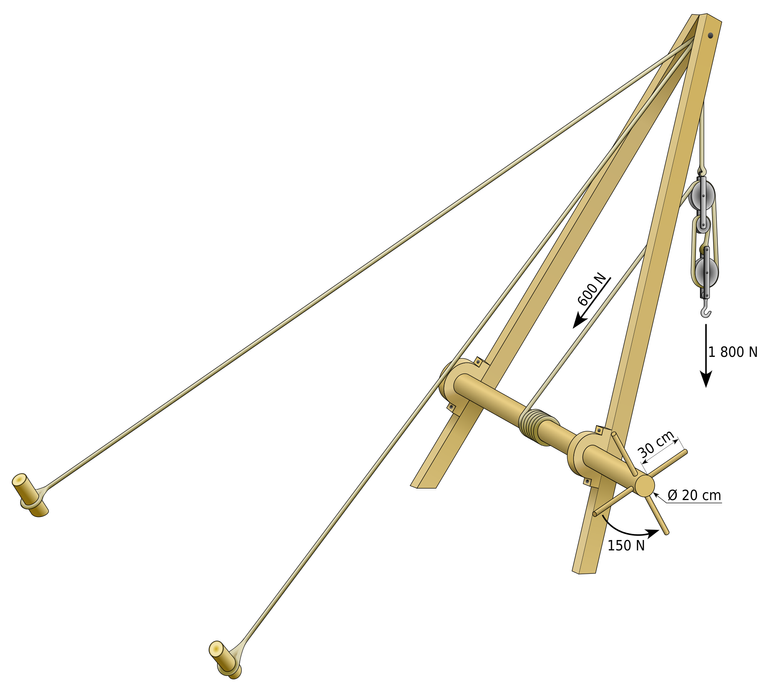
For most of human history, inventions have always needed working prototypes before being considered for mass adoption in the market. While a prototype isn’t necessarily a requirement for patenting, you will need one for practical reasons like funding, safety testing and so on.
What should a prototype be like?
A prototype model could be just about anything that serves as proof that your product works. If you have a physical product, like a tool, a software-rendered CAD model would be the minimum. Having a working, a physical object would be preferred overall.
During the invention process, it’s normal to build several prototypes and having multiple failures. You could always use an invention company to help with building or modifying prototypes, especially if you are in the phase of getting a working model to help raise capital.
You will want to make drawings, sketches, and photos of your prototype as you go along making it. This will allow leaving logs of changes for anyone inspecting it, as well as your records to make improvements.
If it is difficult to make your prototype to scale, you may make a non-functioning prototype just to demonstrate appearance. This can be done with plastic, wood, or foam to bring down the costs.
Speaking of cost, your prototype should also help you determine how much you need to invest to make each working unit. This includes parts and labor and should be made with profit margins and compliance in mind. If your end product is way too expensive to what it could realistically sell for, the product may not be viable in the first place.
Matching Against Competing Products
If you have your invention idea ready but you don’t know how you will fare on the market, you will need to thoroughly examine the products of your direct competitors. For a physical item, it’s simply unscrewing and taking a look at the part, examining how certain parts function, and perhaps examining where they source their parts from.
The concept is similar for software, although a bit harder with layers of obscurity. You can reverse engineer programs by monitoring network packets, looking at metadata, and use disassembly tools to get an idea of what the source code may have looked like. If the competitor uses open source components, that will make things even easier.
Aside from the technical aspects of your competitions’ products, you need to visualize the current market demand and get a realistic profit expectation. For help with more complex market analysis, considering contracting a company like Inventhelp to get an expert opinion.
Final Thoughts
While there is no pressure to make a prototype for your invention idea, most serious competitors will want to have one (or more) to grab attention from investors. Even taking a look at crowdfunding sites, those with working prototypes gain more attention and funding than those with just written concepts. Beyond the prototype, effort must also be put into marketing it to become a big success.
Congratulations @fiserman! You have completed the following achievement on the Steem blockchain and have been rewarded with new badge(s) :
You can view your badges on your Steem Board and compare to others on the Steem Ranking
If you no longer want to receive notifications, reply to this comment with the word
STOPTo support your work, I also upvoted your post!
Vote for @Steemitboard as a witness to get one more award and increased upvotes!